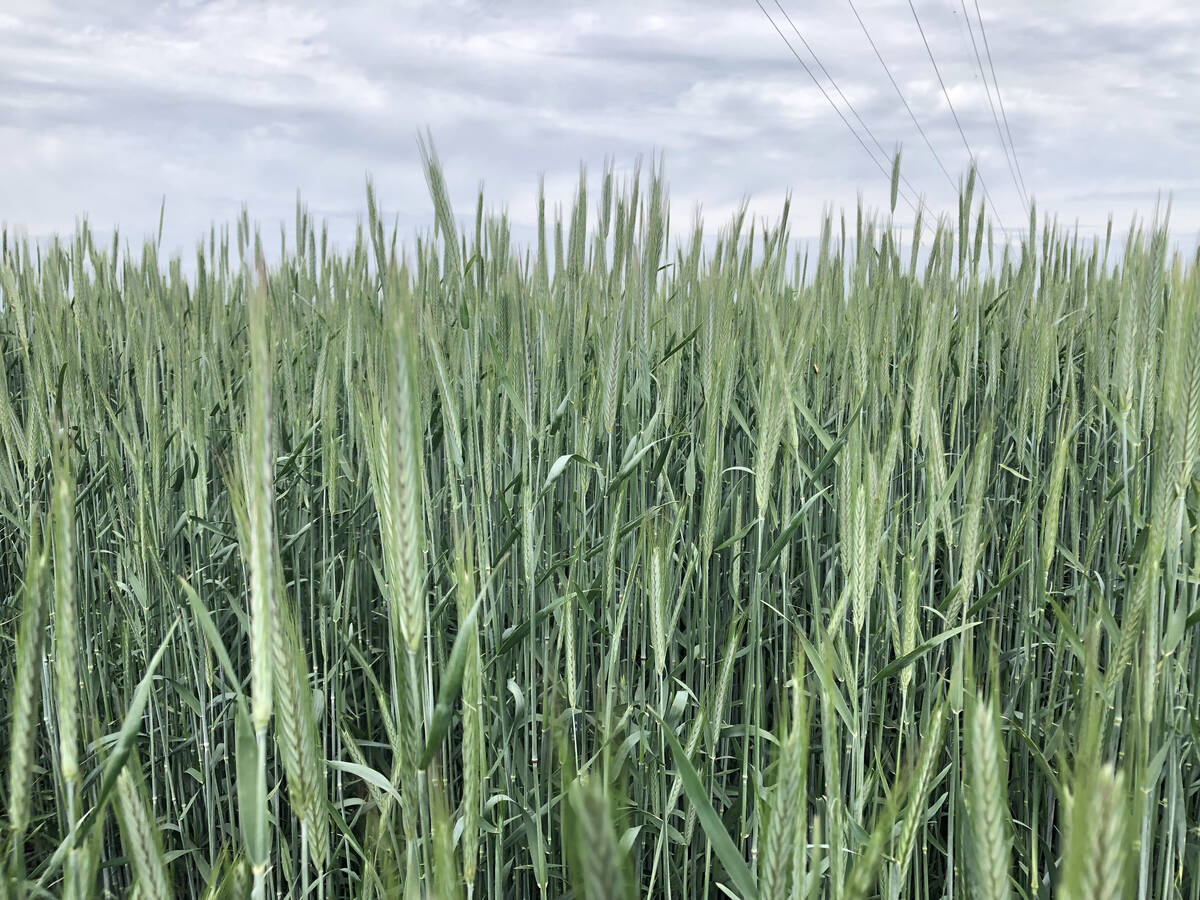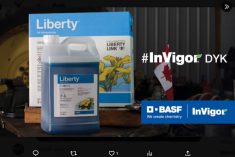Rye growers may soon have access to a new tool for managing crop height and lodging, thanks to a proposed change that would allow the use of a familiar plant growth regulator in the crop.
Health Canada’s Pest Management Regulatory Agency (PMRA) is proposing a new maximum residue limit (MRL) that would allow trinexapac-ethyl, the active ingredient in Syngenta’s growth regulator Moddus, to be used on rye for the first time in Canada.
Moddus is already registered for use on wheat, barley and oats. Adding rye to the label would give growers another option to help improve standability and harvestability.
Read Also

Claas brings 1000 Series SP forage harvesters to Canada
In mid-August, Claas unveiled its new line of Jaguar forage harvesters at an event in Visalia, California, deep in the heart of that state’s dairy region.
The PMRA evaluation found trinexapac-ethyl to be effective for rye, with no unacceptable health or environmental risks when used according to label directions.
The proposed MRL is three parts per million (ppm), up from the current Canadian default of 0.1 ppm for rye. That level matches MRLs already in place for other cereal crops in Canada and aligns with the international Codex standard used by many trading partners. The U.S., Canada’s top rye export market, allows four ppm, while Japan — another key customer — sets its limit at three ppm.
—> READ MORE: Application timing of PGRs
Krista Zuzak, director of crop protection and production with Cereals Canada, said the proposed change is good news for rye growers.
“It is helpful for growers to have another tool in the crop protection product toolbox,” she said in an email to Grainews.
She notes the move brings rye in line with other cereals on trinexapac-ethyl. Wheat, barley and oats all have MRLs set at three ppm.
Also, “when MRLs are closer or aligned across different export countries, it becomes easier for exporters to meet the requirements of various markets,” she says.
More information is available through the PMRA website. Public comments can be submitted until Oct. 12.
















